The aim of the N2O-SSA project is to measure fluxes of greenhouse gases (CO2, CH4 and N2O) as well as the isotopic composition of N2O from agricultural soils in Kenya. In coming decades, fertilizer use is expected to increase in Kenya and the rest of sub-Saharan Africa, to produce more food for a growing population. Understanding the impact of agricultural management on greenhouse gas emissions will help to develop policies that maximize yield and food security, while minimizing environmental impact. The key goal is to get as much of the added nitrogen as possible into the crops: This reduces the amount of fertilizer farmers need to use, directly benefitting the farmers’ economy, and additionally reducing downstream environmental impacts from excessive soil nitrogen, such as greenhouse gas emissions, eutrophication, and poor air quality.
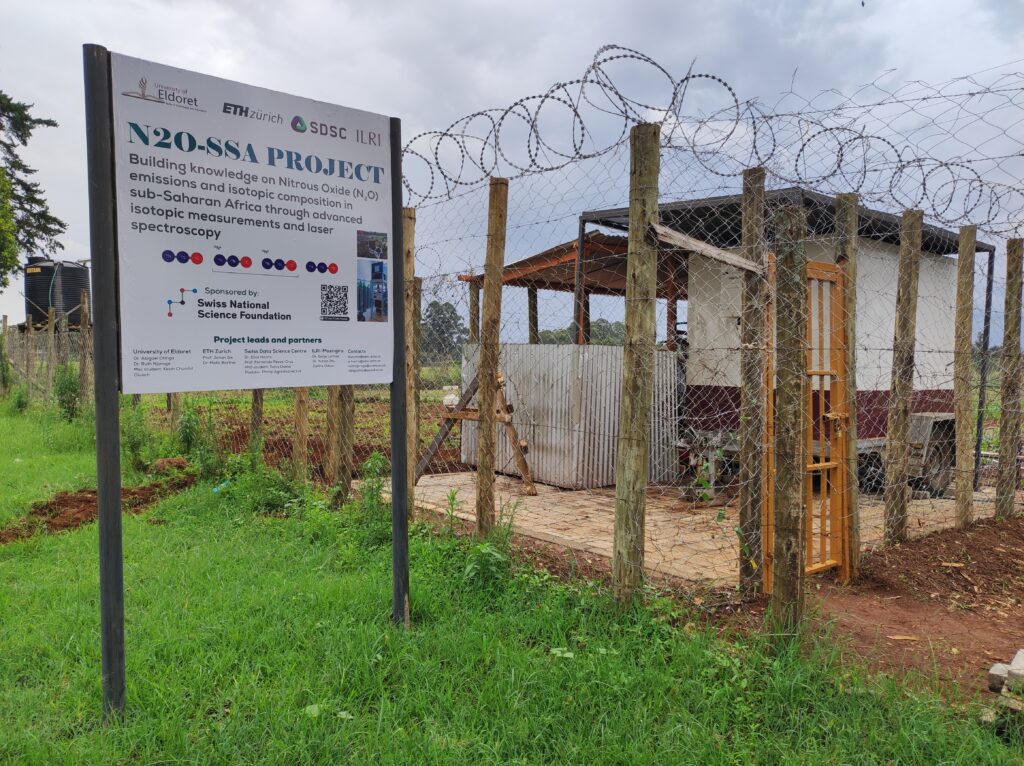
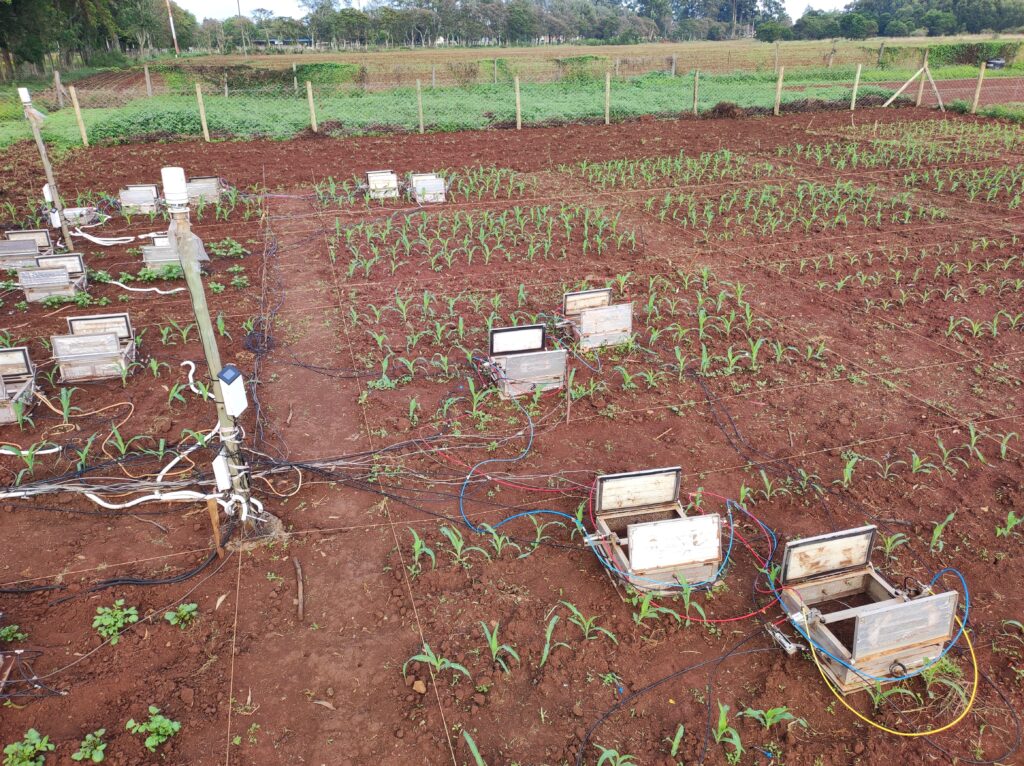
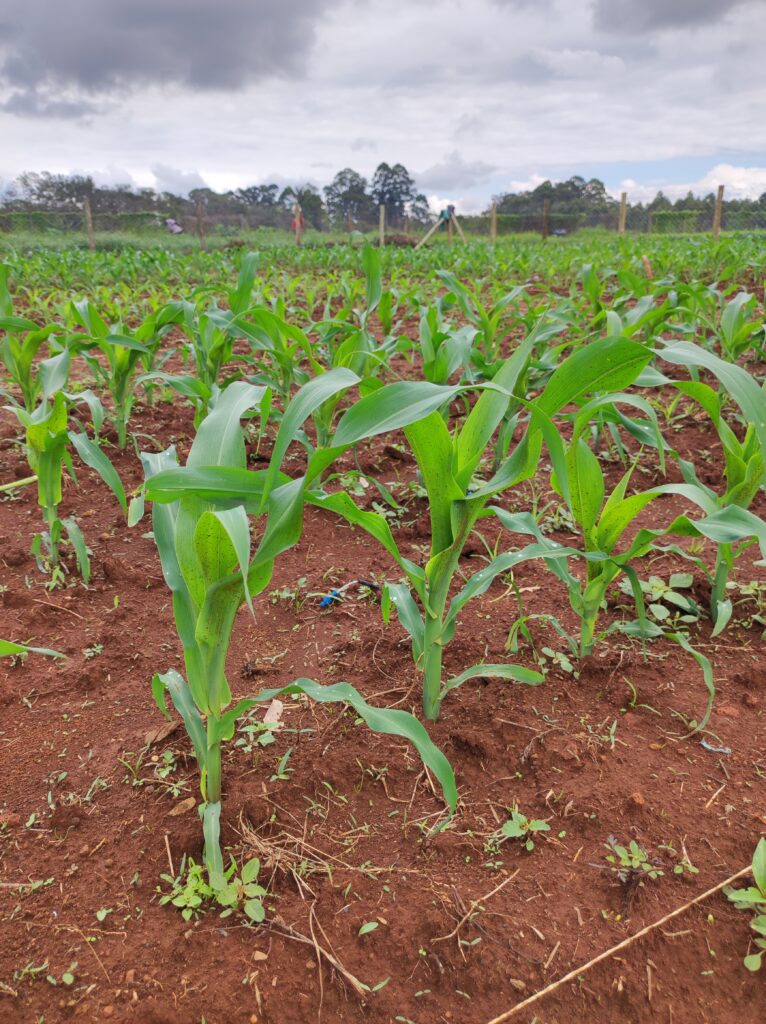
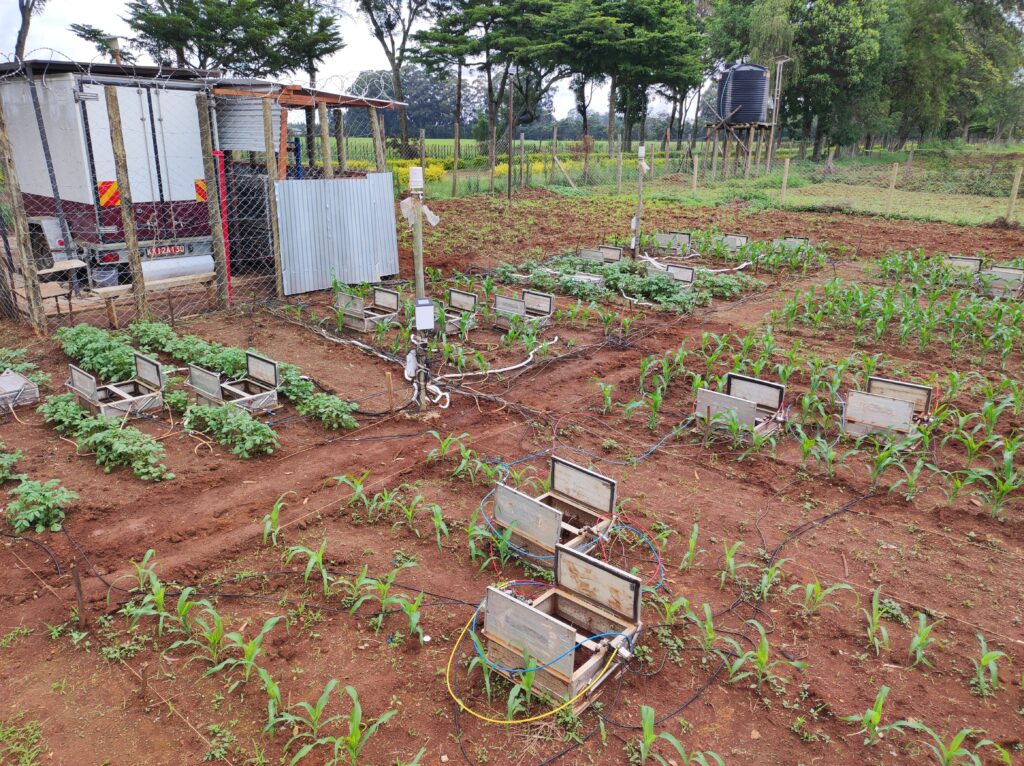
Our experimental agricultural site has two crops – maize and potato – treated with different fertilizer levels between 0 and 150 kg of nitrogen per hectare. We expect that more fertilizer will mean more nitrogen and therefore more N2O emissions, with secondary impacts on other greenhouse gases. We want to find the best balance between crop yields and emissions. Measuring the fluxes on these plots tells us how much N2O, CO2 and CH4 is emitted from these different treatments. Measuring the N2O isotopes tells us the processes producing N2O, giving us a much deeper understanding of the factors leading to high emissions. When we understand these processes well, we can develop models to predict N2O emissions in different scenarios, meaning we can use models to simulate the impact of a much wider range of policies that we could test in reality.
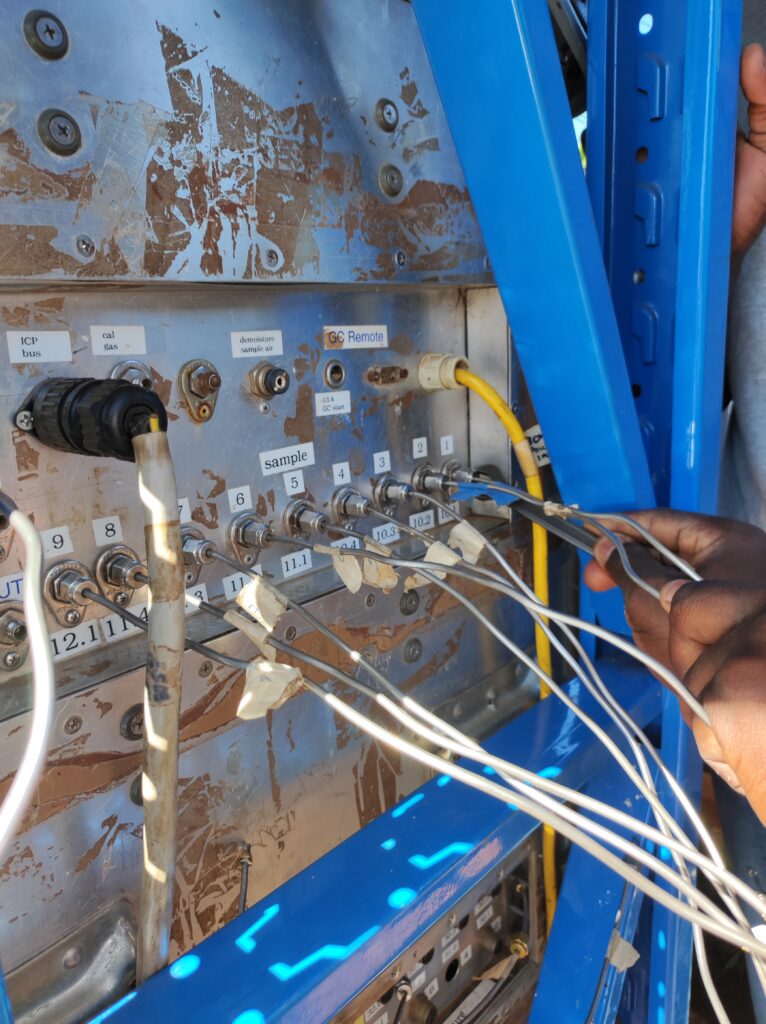

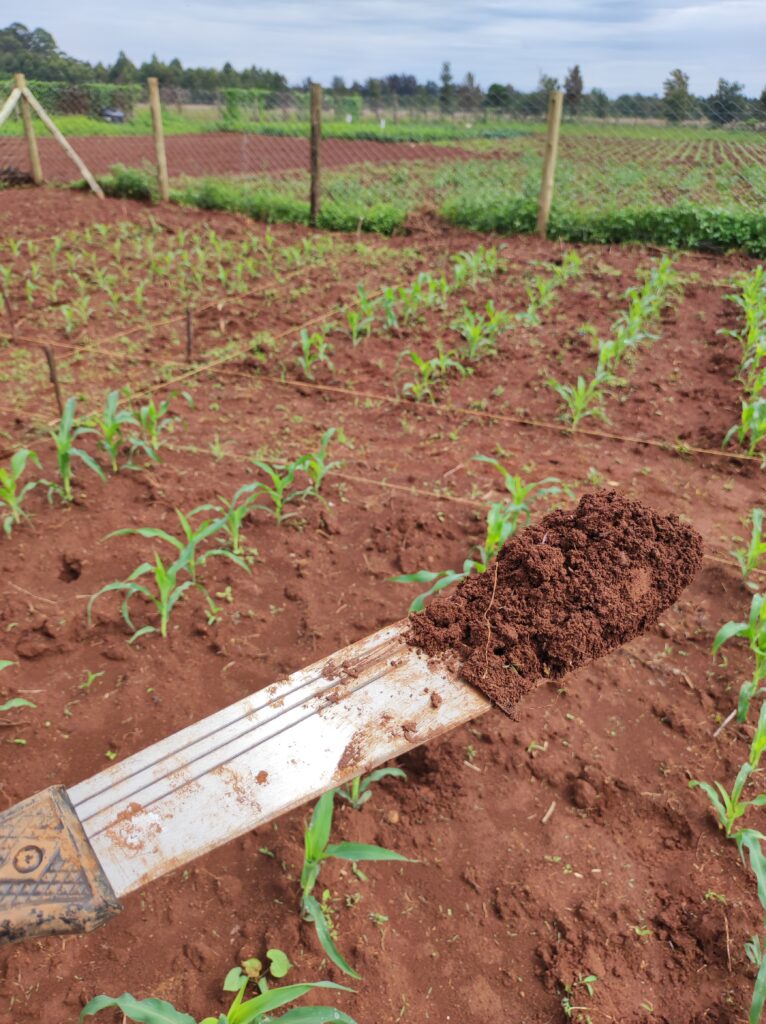
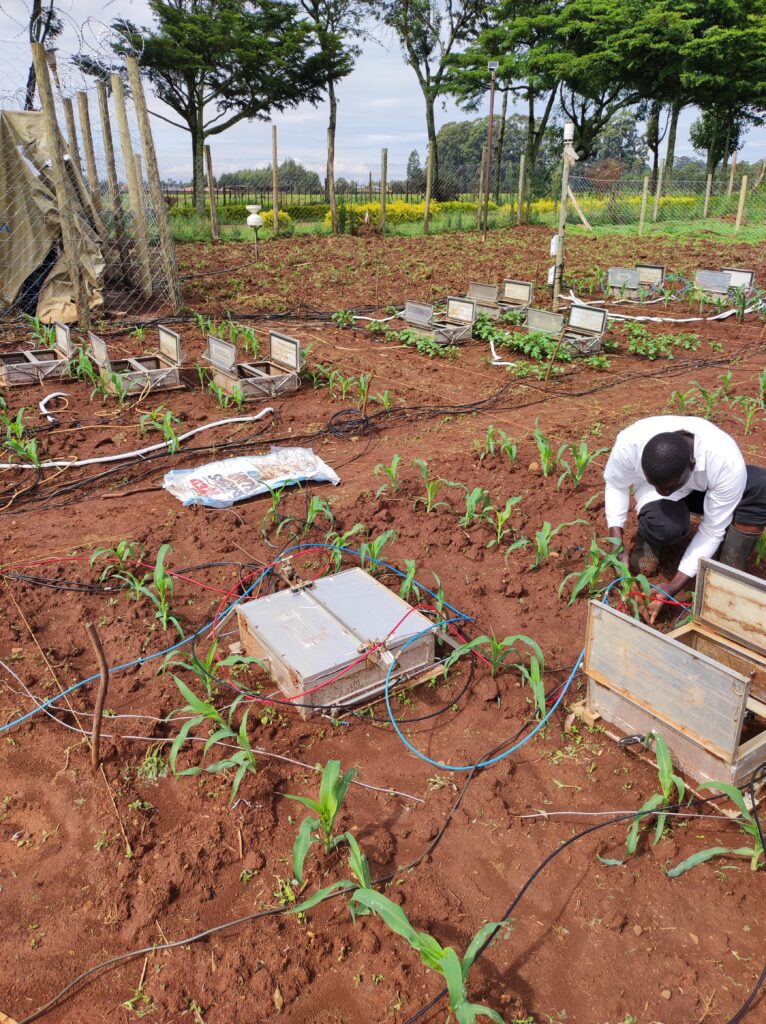
Measuring the isotopic composition of N2O is really difficult. Only one in every three million molecules of air is an N2O molecule. 0.4% of N2O molecules have a “heavy” 15-nitrogen isotope – that means there is just one 15N-N2O in every seven hundred million molecules of air. The instruments we use to measure the isotopic composition of N2O are therefore expensive and complicated – and prone to breakage! Most of these instruments cannot travel to field sites, but instead, gas samples need to be manually collected into the field and brought to laboratories around the world, strongly limiting the number of measurements that can be made. In recent years, semi-portable laser spectroscopy instruments have been developed to allow isotopic measurements directly in the field. We call this measuring “online”: With online measurements we can collect much more data, and gain a much better picture of N2O emission processes. However, our isotope spectrometer (QCLAS1) has unfortunately been in the USA for repair at Aerodyne since last August.
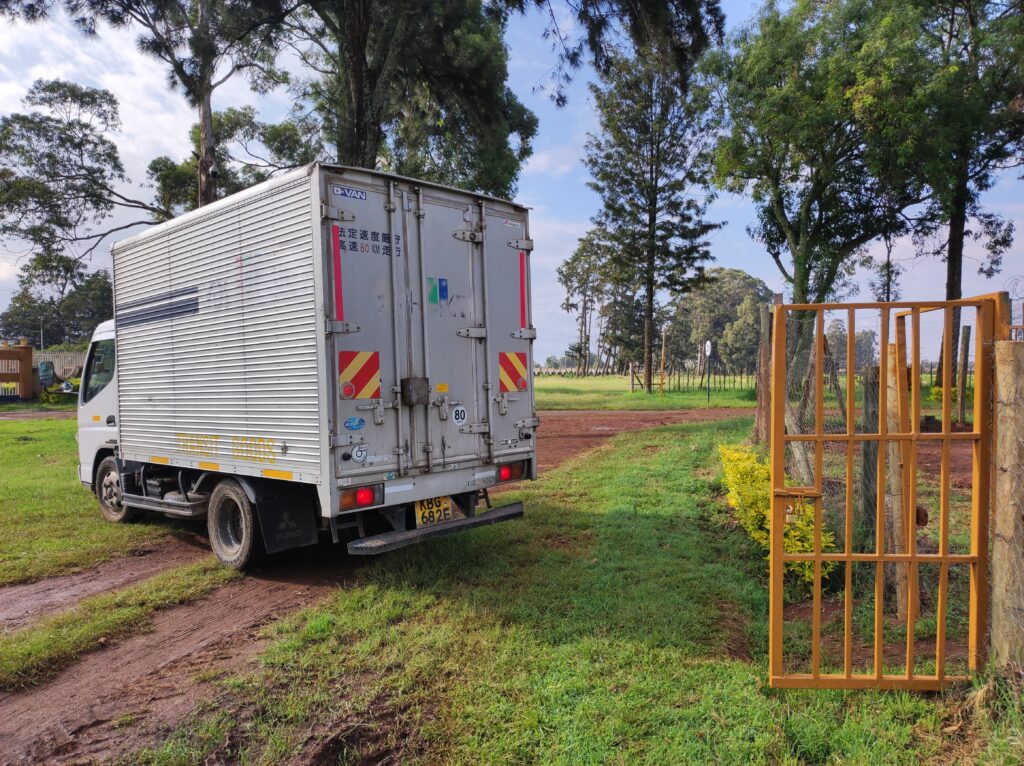
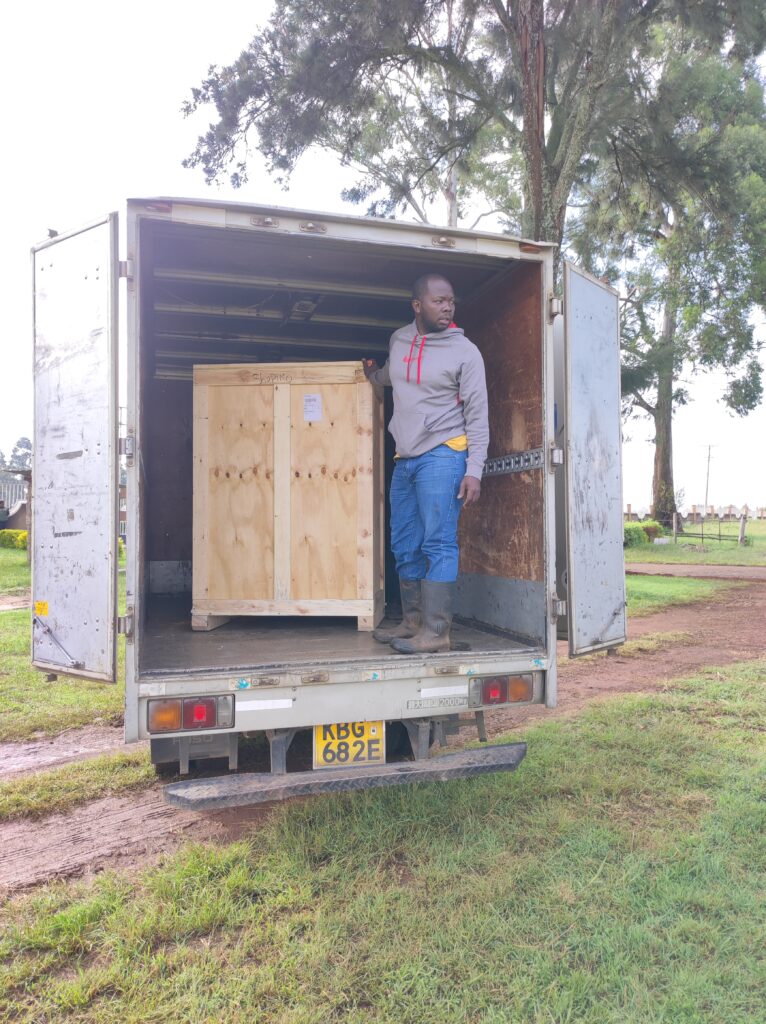
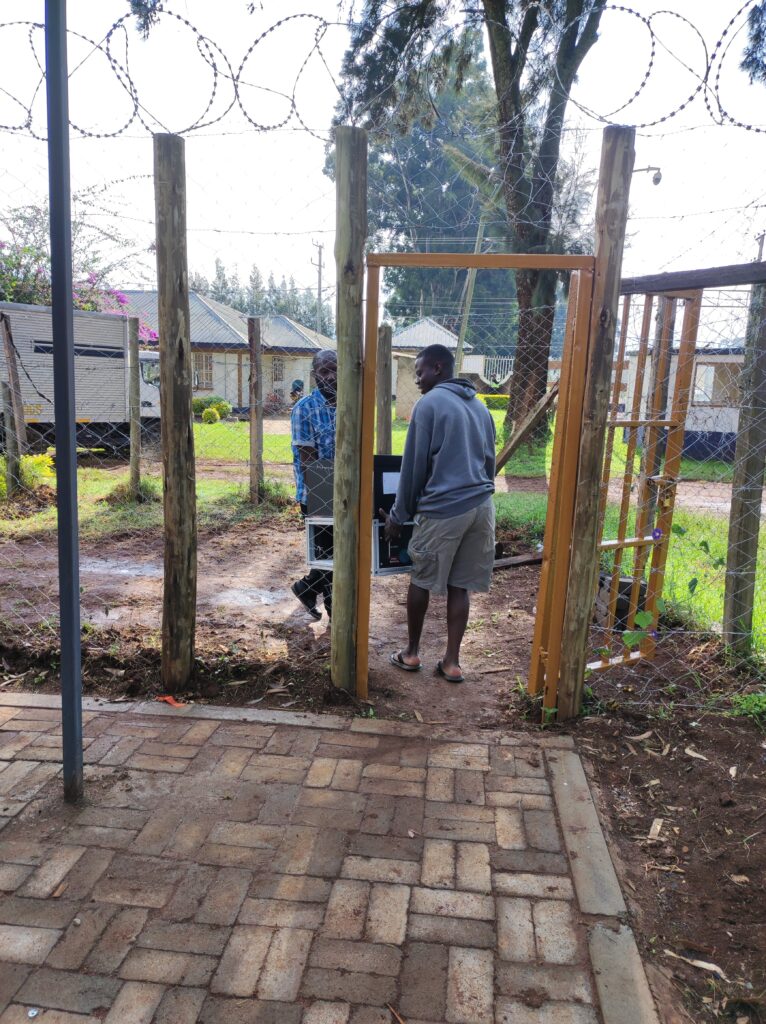
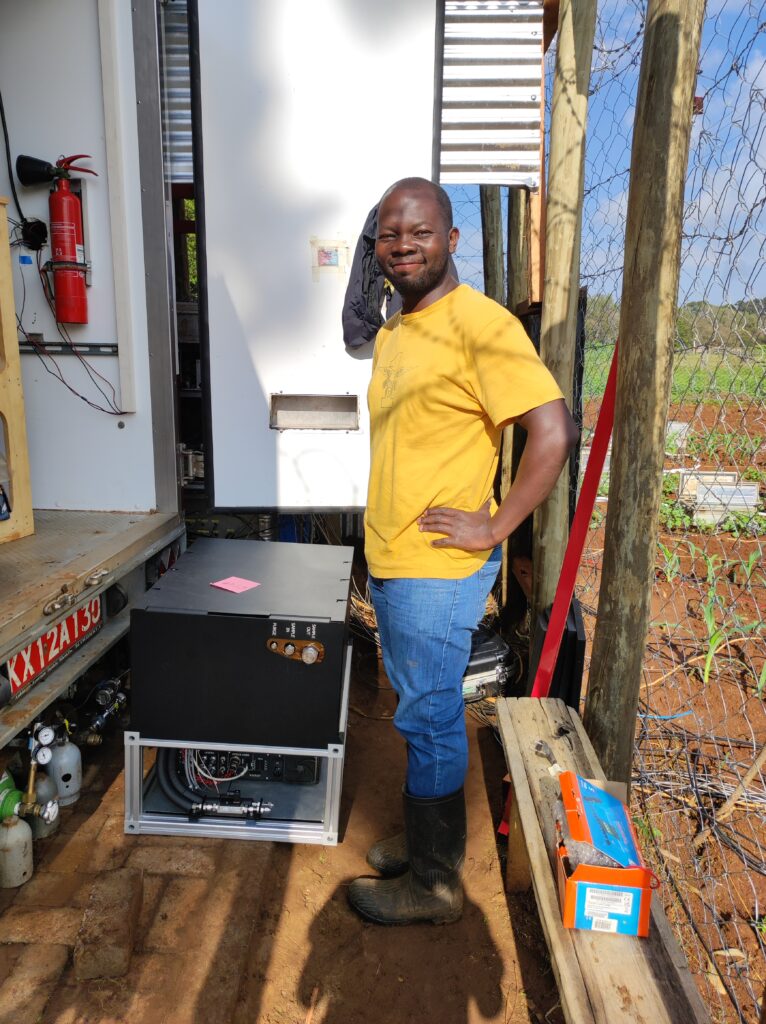
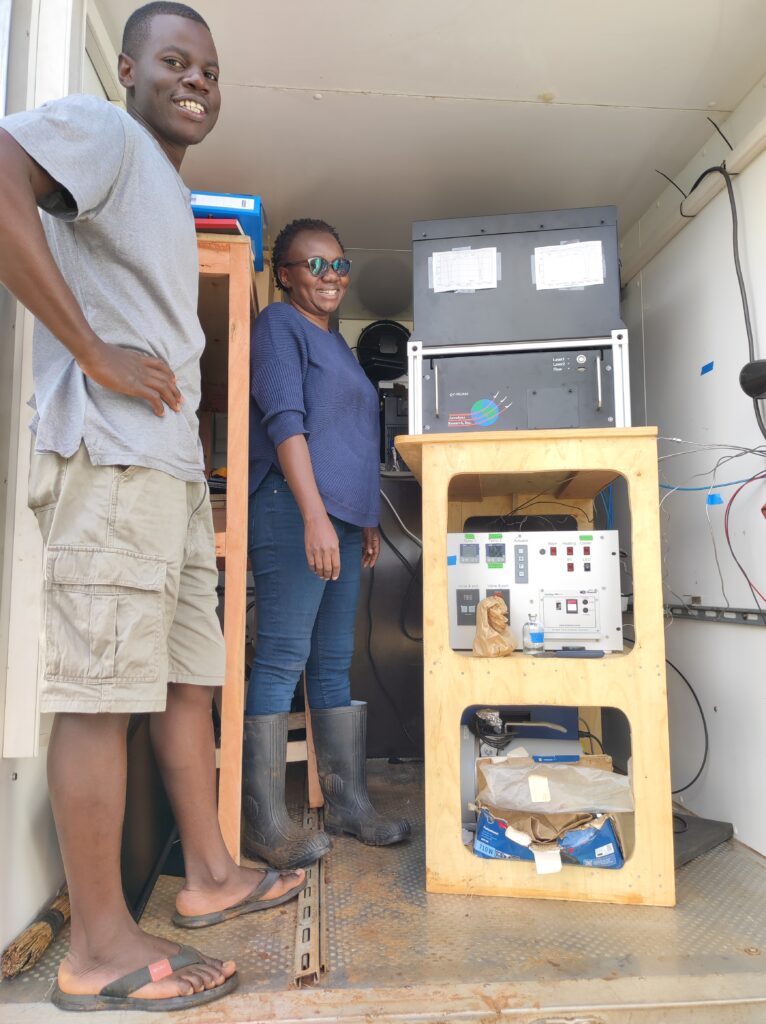
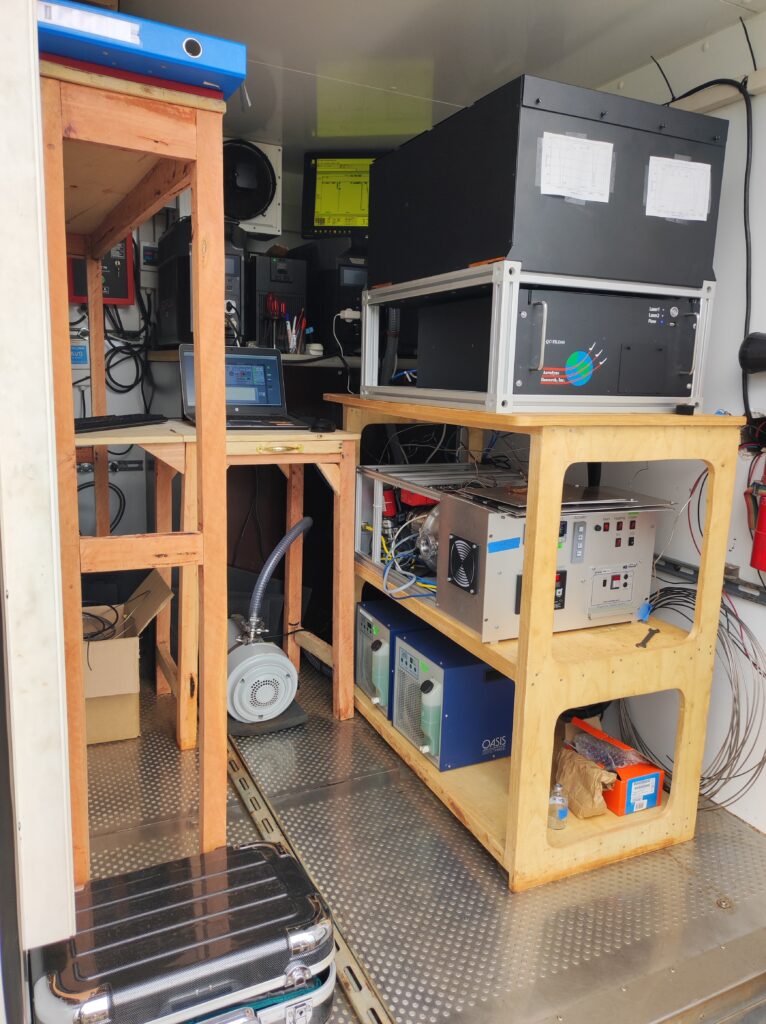
We’ve set up soil gas chambers and measured N2O, CO2 and CH4 semi-continuously since February using a Picarro CRDS2. In mid-April, the crops were planted and the soil were fertilized. Last Saturday, to our great excitement, our QCLAS finally arrived in Kenya! We spent a couple of days connecting the QCLAS to our measurement chambers and calibration gases, as well as pumps, coolers, internet, monitors and everything else we need for measurements. We have been testing the measurement set up and ironing out small issues, and now the QCLAS is beginning to collect data. As far as we know, these results will be the first online N2O isotopic measurements ever made in Africa. So all we can say is – welcome, QCLAS!
Thanks to the Swiss National Science Foundation for funding this project (grant number 200021_207348). We would also like to thank all the students and colleagues who have contributed to this work, and Aerodyne for repair and return of the QCLAS.

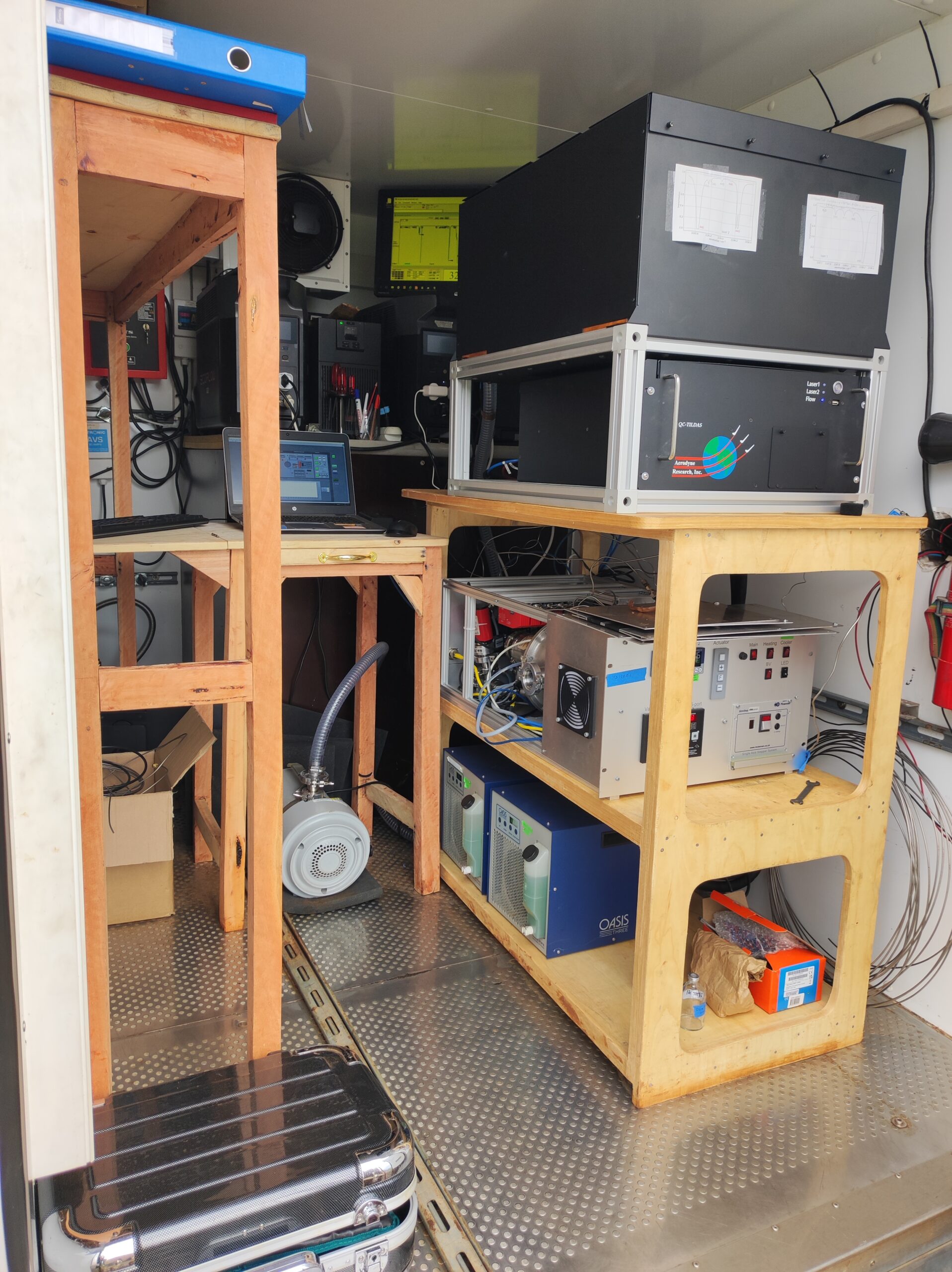
Leave a Reply